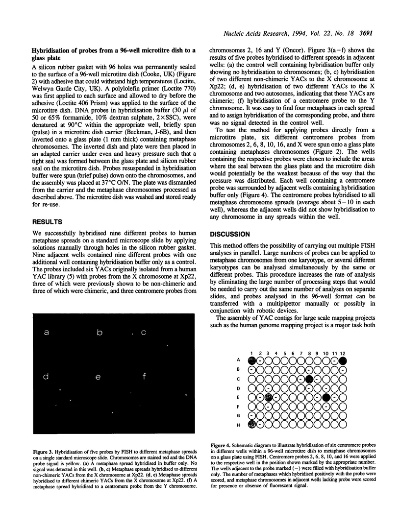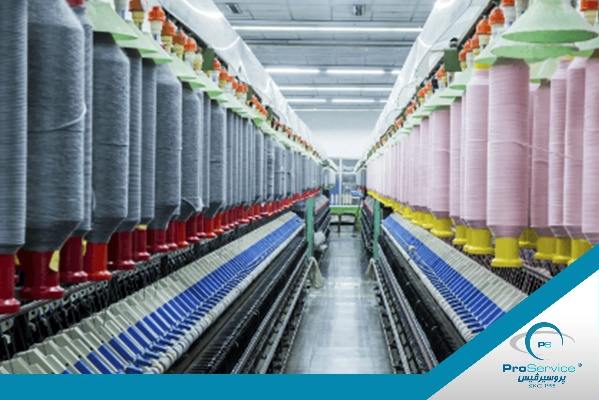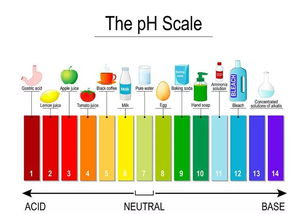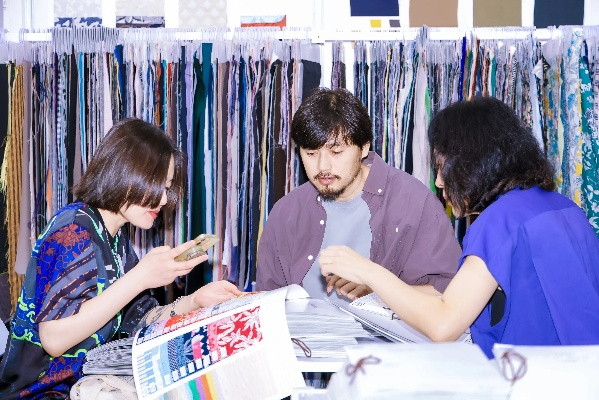The Expanding Horizons of Antimicrobial Textiles
Antimicrobial textiles have emerged as a promising area of research due to their potential in enhancing the efficacy of healthcare products. These fabrics are engineered to resist or inhibit the growth of harmful microorganisms, such as bacteria and fungi, which can cause infections and diseases. The increasing demand for antimicrobial textiles has led to the development of various materials and techniques for creating these functional textiles.,One of the most significant challenges in the development of antimicrobial textiles is ensuring that they remain effective over long periods of use. To address this issue, researchers have focused on developing durable and efficient antimicrobial agents that can withstand washing and wear. Additionally, there is a need to develop strategies for incorporating these agents into textiles without compromising their aesthetic appeal or performance.,Another important area of research is the identification of new antimicrobial compounds that can be used to create more effective and eco-friendly textiles. This includes exploring natural sources of antimicrobial agents, such as plant extracts and enzymes, as well as developing synthetic alternatives that can be produced at a lower cost.,Overall, the expanding horizons of antimicrobial textiles hold great promise for improving the safety and efficacy of healthcare products. Continued research and innovation will be necessary to fully realize the potential of this emerging technology.
Introduction: The world is rapidly evolving, and so are the materials we rely on to keep us safe. One such material that has gained significant attention in recent years is antimicrobial textiles. These fabrics have the ability to inhibit or kill harmful microorganisms, making them ideal for use in healthcare, sportswear, and even everyday clothing. In this article, we will explore the various applications of antimicrobial textiles and provide an overview of their potential benefits.
Applications:
- Healthcare: Antimicrobial textiles have found a place in the healthcare industry as a means of preventing infections in surgical gowns, hospital beds, and patient care garments. They can also be used in wound dressings and bandages to promote faster healing and reduce the risk of infection. | Application | Description | | --- | --- | | Surgical gowns | Made from materials that resist bacterial growth, ensuring patient safety during surgeries. | | Hospital beds | Covered with antimicrobial textiles to prevent cross-infection between patients. | | Wound dressings | Used to treat open wounds and speed up the healing process. | | Bandages | Offer protection against bacteria and fungi while maintaining breathability. |
- Sportswear: Sports apparel made from antimicrobial textiles is gaining popularity among athletes and fitness enthusiasts. These fabrics help to prevent the spread of germs during exercise and reduce the risk of infections. | Application | Description | | Sportswear | Developed to enhance performance and comfort, while reducing the risk of infection. | | Gym wear | Covered with antimicrobial technology to maintain hygiene and reduce sweat odor. | | Swimwear | Useful for swimmers who need to stay dry and protected from bacteria. |
- Daily Clothing: While not typically associated with healthcare or sportswear, antimicrobial textiles are also being used in everyday clothing, such as shirts, jackets, and pants. These fabrics can help to keep you clean and fresh, especially in hot and humid environments. | Application | Description | | Daily Clothes | Made from antimicrobial materials to protect against odor-causing bacteria and fungi. | | Shirts | Offer breathability and moisture management, while also protecting against bacteria. | | Jackets | Made from antimicrobial fabrics to keep you dry and protected from environmental irritants. |
- Home Appliances: Antimicrobial textiles are also being explored for use in home appliances, such as dishwashers and washing machines. These fabrics can help to prevent the growth of harmful bacteria and mold, ensuring that your household items are hygienic and safe to use. | Application | Description | | Dishwashers | Covered with antimicrobial textiles to prevent foodborne illnesses and extend the life of the appliance. | | Washing machines | Made from antimicrobial materials to ensure that clothes come out clean and free from bacteria. |
- Textile Finishings: Finally, antimicrobial textiles are also being used in finishing processes, such as dyeing and printing. These finishes can help to protect the fabric from bacterial growth and ensure that it remains stain and odor resistant over time. | Application | Description | | Dyeing | Used to create vibrant colors and add antimicrobial properties to the fabric. | | Printing | Created to add a protective layer to the fabric, preventing bacteria from growing underneath the surface. |
Benefits:
- Healthcare: By preventing infections, antimicrobial textiles can save lives and reduce medical costs.
- Sportswear: They enhance performance and reduce the risk of injuries caused by bacteria.
- Daily Clothing: Helps to keep you clean and fresh, especially in hot and humid environments.
- Home Appliances: Ensure that your household items are hygienic and safe to use.
- Textile Finishings: Add a protective layer to the fabric, preventing bacteria from growing underneath the surface.
Conclusion: As technology continues to advance, we can expect to see more innovative uses for antimicrobial textiles. From healthcare to sportswear, daily clothing, home appliances, and even textile finishing processes, these fabrics have the potential to revolutionize our approach to hygiene and safety. As we continue to explore new applications for these materials, we can look forward to a future where they play a crucial role in keeping us healthy and comfortable.

抗菌纺织品是一种能够有效抑制细菌生长和传播的纺织品,广泛应用于医疗、卫生、家居等多个领域,本文将详细介绍抗菌纺织品的应用范围及相关案例。
抗菌纺织品的应用领域
医疗领域
(1)手术衣、手术帽等无菌穿戴物品 (2)医疗器械表面消毒 (3)医院病房用品
家居领域
(1)毛巾、床单等个人卫生用品 (2)内衣、袜子等贴身衣物 (3)家居纺织品如地毯、窗帘等抗菌处理
公共场所领域
(1)公共交通工具座椅套、扶手等 (2)公共场所地面消毒 (3)公共场所环境卫生处理
抗菌纺织品的应用案例说明
医疗领域案例一:手术衣与手术帽的抗菌处理
(表格一)

抗菌性能检测报告:某品牌手术衣经过特殊处理后,具有出色的抗菌效果,可以有效抑制细菌生长。 使用场景:医院手术室、手术室内的无菌穿戴物品。 使用效果:使用该手术衣后,可以有效减少手术感染的风险,提高手术安全性。
家居领域案例二:抗菌毛巾与床单的使用效果
(表格二)
抗菌性能检测报告:某品牌抗菌毛巾经过特殊处理后,可以有效抑制细菌滋生,提高个人卫生水平。 使用场景:家庭日常使用,如洗脸、洗澡等。 使用效果:消费者反馈使用后,感觉更加舒适,减少皮肤感染的风险。
抗菌纺织品的应用优势与市场前景
应用优势
(1)提高个人卫生水平:抗菌纺织品可以有效抑制细菌滋生,提高个人卫生水平。 (2)降低医疗成本:减少医疗器械表面的细菌污染,降低医疗成本。 (3)提高生活质量:消费者对健康生活的需求增加,抗菌纺织品市场前景广阔。
市场前景
随着人们对健康生活的需求增加,抗菌纺织品市场前景广阔,抗菌纺织品将广泛应用于医疗、家居、公共场所等多个领域,随着科技的不断进步,抗菌纺织品的生产工艺和性能也将不断提高,为消费者提供更好的产品和服务。
抗菌纺织品是一种能够有效抑制细菌生长和传播的纺织品,具有广泛的应用领域,在医疗、家居、公共场所等多个领域中,抗菌纺织品都有着重要的应用价值,随着科技的不断进步,抗菌纺织品的生产工艺和性能将不断提高,为消费者提供更好的产品和服务,抗菌纺织品的市场前景也将越来越广阔。
Articles related to the knowledge points of this article:
A Comprehensive Review of Yinchuans Embroidery and Textile Industry
Zara:The Global Icon of Fashion Revolution
Leather-Soaked Luxury:A Deep Dive into the World of Yecheng Textiles



